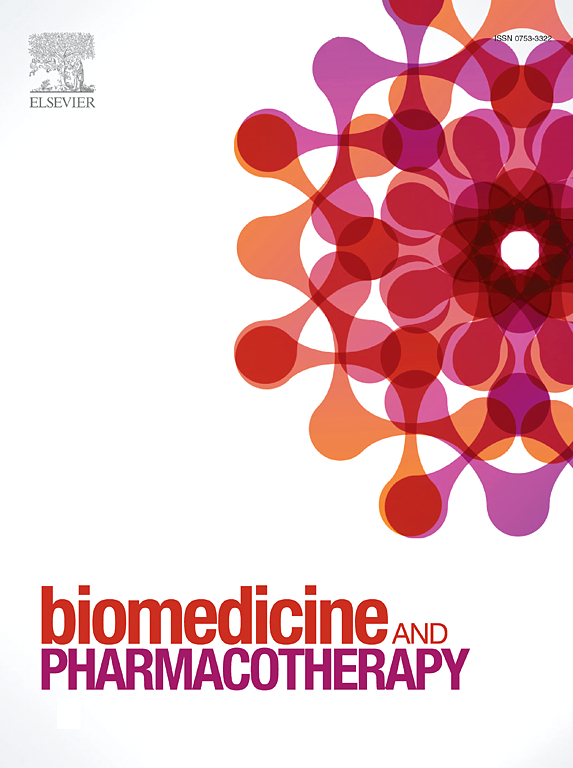Oregano polyphenols reduce human insulin amyloid aggregation
IF 6.9
2区 医学
Q1 MEDICINE, RESEARCH & EXPERIMENTAL
引用次数: 0
Abstract
Human insulin may undergo fibrillization under specific conditions, impairing its function and promoting its accumulation in amyloid deposits. Oregano (Origanum vulgare L.) leaves are rich in biologically active compounds such as polyphenols. Thus, we investigated their ability to inhibit insulin amyloid aggregation. The oregano aqueous extract phytochemical analysis (LC-MS/MS-DAD) revealed the presence of four major compounds: lithospermic acid (LA), rosmarinic acid (RA), oreganol A (OA), and luteolin-7-O-diglucuronide (L7dG), respectively. Compounds and their mixtures were subsequently screened for anti-amyloid activity and evaluated against oregano lyophilizate (LYO) utilizing ThT assay, AFM and ATR-FTIR analyses. LYO inhibited insulin fibrillization more effectively than its main constituent RA, prolonging the lag phase approximately two-fold. L7dG has been the most effective of the tested individual compounds, prolonging the lag phase by roughly 20 %, followed by LA, whereas OA was ineffective. Subsequently, we measured the anti-amyloid activity of two kinds of equimolar mixtures: either containing individually active compounds or analogous mixtures to which inactive OA was added. Surprisingly, LA:OA mixture proved to be the most effective. However, adding L7dG to the OA mixtures led to activity loss. The interactions of oregano polyphenols with the amyloidogenic regions of insulin were elucidated using molecular docking, explaining observed changes in their anti-amyloid activity. We conclude that when investigating the anti-amyloid activity of samples of natural origin and determining the activity of the extracts and their individual main components, it is necessary to consider their mutual interactions, which can significantly affect the final effect of the analyzed mixture.
求助全文
约1分钟内获得全文
求助全文
来源期刊
CiteScore
11.90
自引率
2.70%
发文量
1621
审稿时长
48 days
期刊介绍:
Biomedicine & Pharmacotherapy stands as a multidisciplinary journal, presenting a spectrum of original research reports, reviews, and communications in the realms of clinical and basic medicine, as well as pharmacology. The journal spans various fields, including Cancer, Nutriceutics, Neurodegenerative, Cardiac, and Infectious Diseases.

 求助内容:
求助内容: 应助结果提醒方式:
应助结果提醒方式:


